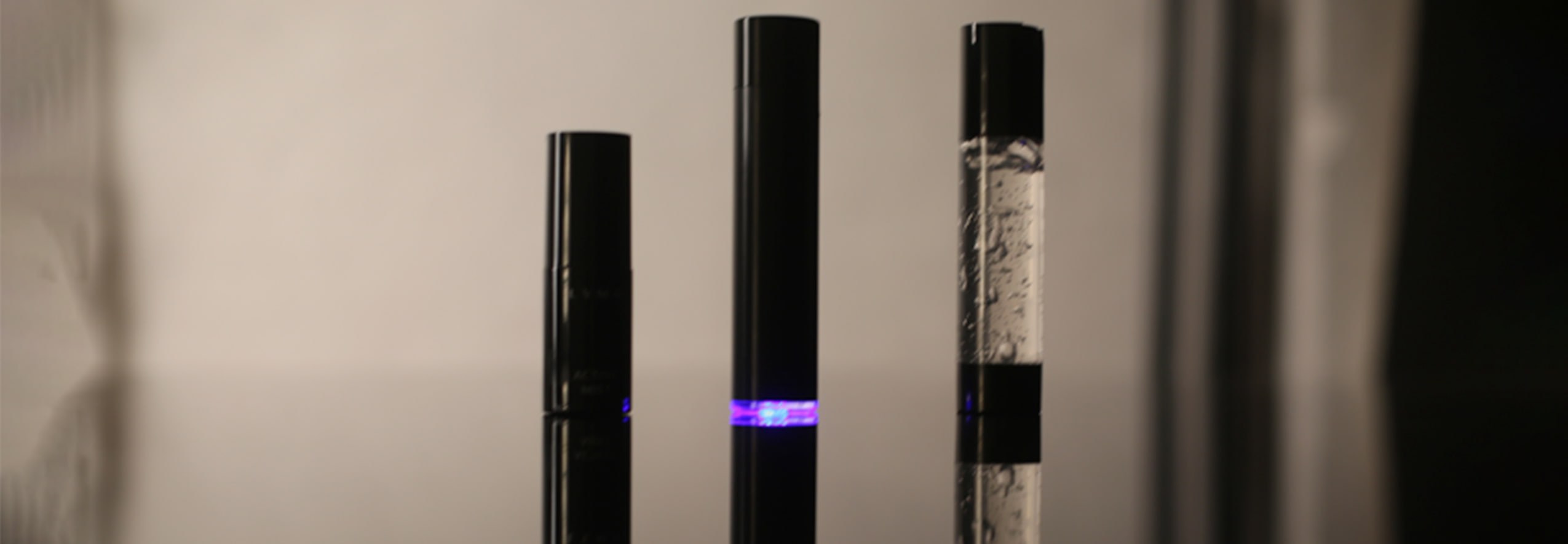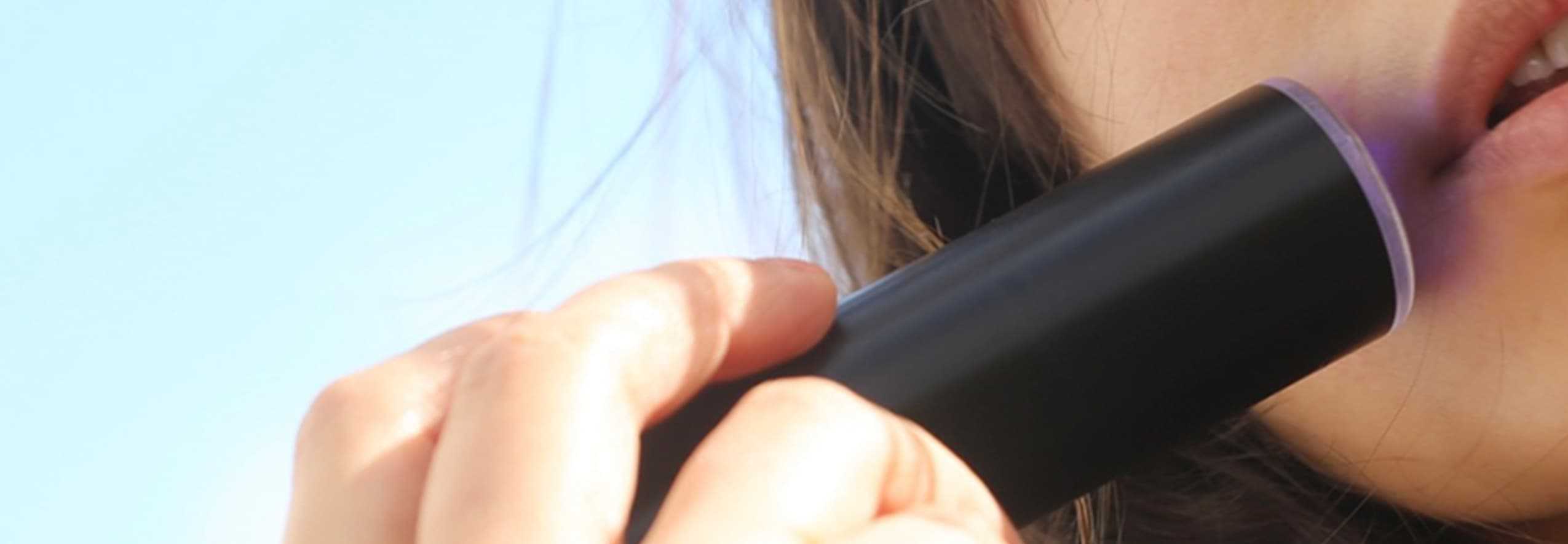6 Minute ReadFeature
22.10.20 (Updated 04.01.24)
What is skin pigmentation? Skin pigmentation is caused by changes in the melanin levels in your skin. Melanin is the natural pigment that is responsible for giving our skin, hair and eyes their unique colour and when levels become unstable, your skin may end up darker in places. When parts of your skin become darker it is referred to as hyperpigmentation. Darkened patches can vary dramatically in size and shape, and can develop anywhere on the body.
A destabilisation in melanin production can be triggered by any number of external stressors, but some of the most common causes of pigmentation include too much sun exposure, hormonal changes, aging, or trauma to the skin. Inflammation is a further leading cause of skin pigmentation.
How can you treat skin pigmentation? There are different types of skin pigmentation, the most common of which we will outline in this article. The best treatment for your skin pigmentation will depend on the type of discolouration you have. Read on to learn about the most common types of skin pigmentation and to find out how you can treat skin pigmentation at home.

The basic underlying cause of pigmentation is excess production of melanin. Melanin is manufactured by skin cells called melanocytes and is the pigment that gives skin its color.
There are a number of factors that can alter the production of melanin in your body, leading to possible onset of pigmentation. Some of the most common include:
If you’re uncertain as to the root of your hyperpigmentation, you’d be advised to speak with a dermatologist who will be able to diagnose the underlying cause.
A dermatologist is likely to prescribe one of two things, depending on the type of skin pigmentation you have: supplements or laser therapy.
LYMA’s evidence-based formula contains many of the ingredients needed to fight pigmentation from the inside out, and the LYMA Laser is the best at-home device for healing skin pigmentation. When used together, the results can be truly life-changing.

Freckles.
Freckles are the most common form of skin pigmentation but are more obvious on people with fairer skin. Whether or not you have freckles generally comes down to your genetics. However, sun damage can cause freckles too. In fact, they are often the first sign of sun damage and should be taken as a warning sign if they develop in later life, and particularly if they develop in the wake of a summer holiday or otherwise intense or repeated sun exposure. All freckles tend to darken slightly in sunnier weather.
LycoBeads® Natural Tomato Lycopene as formulated at 30mg in LYMA is a powerful, technology-enhanced natural carotenoid that can help to protect you from sun damage and the pigmentation that it causes. The body is unable to manufacture lycopene itself so you need to be getting it either via daily supplements or by adding lycopene-rich foods into your diet.
Sun spots.
Sun spots, liver spots, age spots and solar lentigines are all words for the same thing: they are a type of skin pigmentation that develops in response to accumulated excess sun exposure over one’s lifetime. They are most likely to appear in later life and are most frequently found on the hands, face, arms, and other areas of the body that are most routinely exposed to the sun.
The colour of sun spots can vary in colour from light brown (liver-coloured) to dark brown and even black. Sun spots need to be closely monitored as they have the propensity to develop into certain skin cancers or melanoma.
Lycopene has been shown to help protect the skin from the accumulated UV damage that causes sun spots to develop. In one study, participants were either asked to supplement with lycopene or given a placebo; those who were given a lycopene supplement experienced less sun damage to their skin than those in the placebo group.
A daily dose of lycopene equivalent to the 30mg formulated in LYMA has been shown to reduce sunburn by as much as 50%.
The LYMA Laser is the first at home clinic-grade laser that can be used to treat sun spots and other forms of skin pigmentation. The laser’s unique photobiomodulation beam technology restores the cell function in lower layers of the skin such that it is able to reverse the visible signs of aging, rejuvenating the skin from within and restoring its youthful glow.

Melasma.
Melasma affects women more than it does men. The condition most commonly appears on the stomach and face, and is often triggered by hormonal changes such as those that occur during pregnancy (it is sometimes referred to as ‘pregnancy mask’). Melasma can be made worse by excessive sun exposure, birth control medications and stress. Melasma is also common in older women and can be the result of hormone changes during menopause.
Originally developed as a medical laser, the LYMA Laser started life as a tool to heal injuries deep inside the body. During the medical laser’s clinical trial period, researchers found that when the laser passed through the skin in order to reach the damaged tissue, the skin began to visibly transform: the laser had a profound ability to tackle melasma and other forms of skin pigmentation, as well as blemishes and scarring, and to smooth wrinkles and reduce inflammation.

Post-Inflammatory Hyperpigmentation (PIH).
Post-inflammatory hyperpigmentation develops as a result of trauma to the skin and is often the legacy of blemishes, injury, burns or aggressive clinical facial treatments such as chemical peels or dermabrasion. Post-inflammatory hyperpigmentation should improve in appearance naturally over time as your skin heals and your cells renew themselves. However, it can take years to get your skin back to where it was pre-trauma. The LYMA Laser can help to speed up the process of skin restoration.
There are no side effects associated with using the LYMA Laser and unlike invasive facial treatments, it will not cause any further damage. With the LYMA Laser you will be at zero risk of infection, scabbing or reddening. If you commit to using your LYMA Laser for just 15 minutes everyday, you will begin to see transformational results and reduced pigmentation in just four weeks.
The LYMA formula contains patented anti-inflammatory HydroCurc™. HydroCurc™ is a highly bioavailable form of curcumin - the active compound found in turmeric - optimized for absorption via the very best delivery systems. Inflammation is a leading cause of skin pigmentation, and supplementing with LYMA preemptively can help to boost your resilience to pigmentation-causing free-radicals, and can prevent post-inflammatory hyperpigmentation from developing in the first place.
When used together, the LYMA Supplement and LYMA Laser can eradicate skin pigmentation, leaving your skin clear and your confidence restored. From fighting fine lines, wrinkles, pigmentation and skin redness, to improving the appearance of scarring, blemishes, sagging skin and bruising, the LYMA Laser is primed to deliver more than any other at home laser product on the market.
The LYMA Supplement, on the other hand, is more than just a vitamin pill. LYMA has redefined the supplement industry and the only Supplement to use this many peer-reviewed ingredients in one ultimate formula. Whether you’re looking to get back what you’ve lost or take yourself to another level, the LYMA difference is everything.